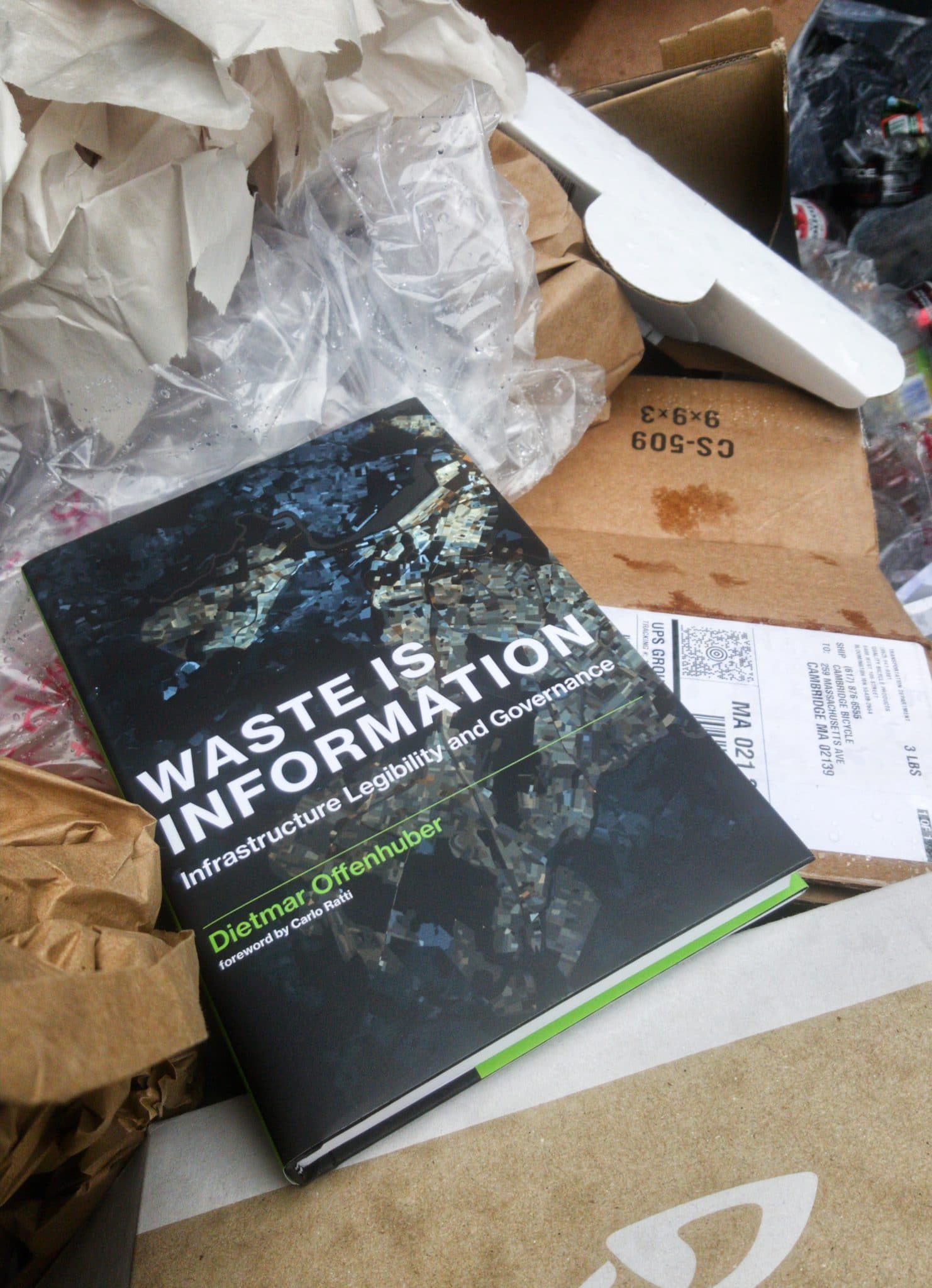
Paper: Manila Improstructure
Paper: Manila Improstructure
An improvisational perspective on smart infrastructure governance
In this new paper, Katja Schechtner and myself look at appropriation in the power-grid of Manila. Inventions by residents, bricolage, and improvisational repair; tactics to combat power theft by electricity providers, and the efforts of local government to mediate the diverse interests and of the actors involved.
Based on ethnographic fieldwork in Manila and interviews with city officials, planners, residents and local activists, we develop the notion of improstructure as a conceptual model for understanding infrastructure governance as an improvisational process of “call and response” in a network of diverse actors.
We apply this perspective to ongoing modernization efforts by the city of Manila and its utility companies, involving smart city technologies including sensor networks, drone mapping, and data analytics. We argue that despite the placeless and generic rhetoric surrounding these technologies, they constitute improvisational responses to local conditions. We conclude by formulating design principles for improvisational infrastructure governance, which are not limited to the Global South, but also apply in developed countries.
You can read the preprint here













